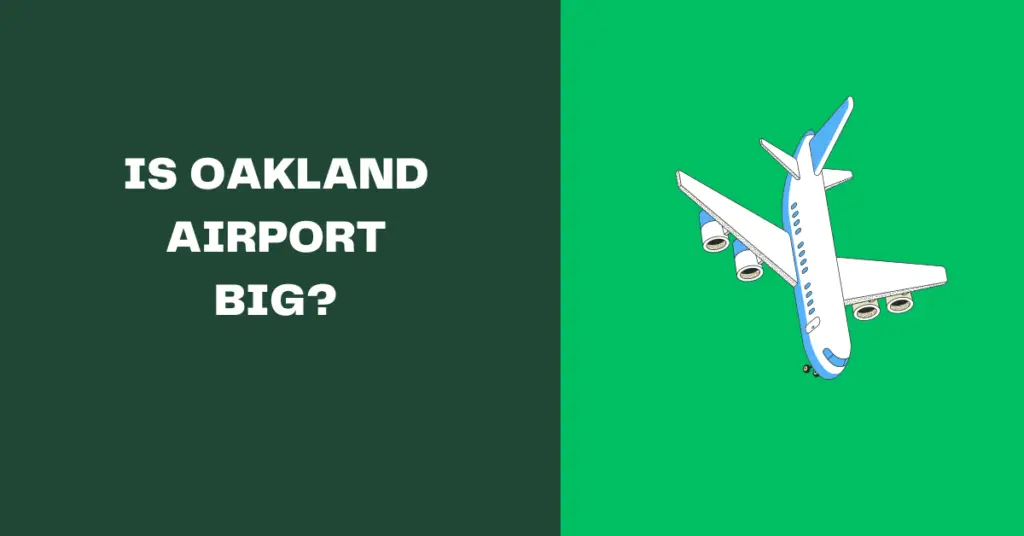Minnesota, often referred to as the Land of 10,000 Lakes, is not only known for its natural beauty but also for its well-connected airports. In this article, we will explore the biggest airports in Minnesota, providing insights into their land areas, passenger traffic, terminals, runways, and facilities.
1. Minneapolis–Saint Paul International Airport (MSP) – 2,930 acres
Land Area: Covering 2,930 acres, Minneapolis–Saint Paul International Airport stands as the biggest and busiest airport in Minnesota.
Passenger Traffic: MSP is a major hub, serving millions of passengers each year with a wide range of domestic and international flights.
Terminals: The airport boasts modern passenger terminals offering a variety of services, shopping, and dining options.
Runways: MSP features multiple runways equipped to efficiently handle diverse aircraft, ensuring smooth operations.
Facilities: Travelers can enjoy a host of amenities and services at MSP, making it a preferred travel gateway in the region.
2. Duluth International Airport (DLH) – 3,020 acres
Land Area: Spanning 3,020 acres, Duluth International Airport is a key aviation hub in northern Minnesota.
Passenger Traffic: DLH primarily serves passengers seeking access to Duluth and the surrounding scenic areas.
Terminals: The airport features well-designed passenger terminals aimed at enhancing the travel experience.
Runways: DLH’s runway facilities are equipped to handle various aircraft, ensuring efficient operations.
Facilities: Travelers can find essential amenities at DLH, contributing to a pleasant and hassle-free journey.
3. Rochester International Airport (RST) – 2,400 acres
Land Area: Encompassing 2,400 acres, Rochester International Airport serves travelers in southeastern Minnesota.
Passenger Traffic: RST primarily caters to passengers seeking access to Rochester and the surrounding regions.
Terminals: The airport offers modern passenger terminals designed to make travel convenient and enjoyable.
Runways: RST’s runway facilities efficiently accommodate various aircraft, supporting smooth travel in the southeastern region.
Facilities: RST provides essential passenger amenities, ensuring a comfortable travel experience.
4. Brainerd Lakes Regional Airport (BRD) – 2,597 acres
Land Area: Covering 2,597 acres, Brainerd Lakes Regional Airport plays a significant role in connecting travelers to Minnesota’s picturesque lake country.
Passenger Traffic: BRD primarily serves passengers seeking convenient access to the Brainerd Lakes area and its recreational opportunities.
Terminals: The airport features passenger terminals designed to enhance the overall travel experience.
Runways: Runway facilities efficiently accommodate various aircraft, supporting smooth travel in the lake country region.
Facilities: BRD provides essential amenities for passengers, making it an attractive choice for travel to the Brainerd Lakes area.
Conclusion:
Minnesota’s airports, including the bustling Minneapolis–Saint Paul International Airport, serve as gateways to the state’s natural beauty and diverse regions. Whether you’re exploring the vibrant Twin Cities or venturing into the serene northern wilderness, Minnesota’s airports are here to ensure your journey is seamless and memorable.
You may love these articles about the biggest airports in U.S:



